Too many businesses have fallen for the same misinformation. They jump through search engine optimization hoops. Maybe they even shell out thousands to an SEO company. They look at their site’s stats and see huge gains, but then their revenue doesn’t increase.
That’s when they do some more digging. They find out that while their web traffic has gone up, all the traffic is from across the country or even across the globe. If you can only serve local customers, that won’t help your bottom line.
So how can you get the local traffic that will actually convert to customers? Start with these tips for SEO for local business.
Local SEO for Local Business: 7 Top Tips
As important as it is to rank for your niche-specific keywords, you can’t leave your location out of the mix. Try these tips to get more local traffic.
1. Claim Your Google Business Listing
Chances are that you’ve seen a map pop up at the top of your Google search results a time or two. Have you ever wondered how businesses manage to pop up on those attention-grabbing maps?
The key is your Google business listing. Google may have already created a listing for your business. If so, you need to find it and claim it. This will involve a verification process. For instance, Google may call with you a specific code to enter online.
The primary reason this helps your local SEO is that it tells Google that you’re a legitimate business and lets them verify your location. With that information, they’ll give you a higher rank because they know your site is relevant for local users.
If there isn’t already a Google listing for your business, you can create one. It’s a similar process to claiming an existing listing, and it has the same effect on your local SEO.
2. Respond to Online Reviews
Here’s another perk of claiming your Google profile: it lets you respond to the reviews your customers’ post. Those responses will help your local SEO, as Google themselves have confirmed.
Of course, that isn’t the only reason to respond to your reviews. When potential customers read your reviews (and they will), responses show them that you care. A negative review is far less damaging if others can see that you expressed concerned and made an effort to make it right.
3. Modify Your Keywords
This is one of those local SEO techniques that seem so simple that you ask, “Why didn’t I think of that?”
Adjust your keywords to add your city name or region name. This adds one more way for search engines to pinpoint your location and it tells them to list your business website in local users’ searches.
For example, let’s say you have a home improvement store in New York City. In addition to using keywords like “home improvement store” and “where to buy tools,” target “New York City home improvement store” or “where to buy tools in New York City.”
You can even get more specific if you want. For instance, you might target “midtown New York home improvement store” or “where to buy tools in Harlem.”
Which you choose which location names to include, don’t forget about your target audience. For example, if you serve an entire city’s metropolitan area but parents are your target demographic, you might focus on suburbs that have high family populations.
4. Target Local Sites for Backlinks
Backlinks are one of the most important factors in search engine optimization. A backlink is a link on another site that links to your site. For instance, this link to an article about off-page SEO tips is a backlink for Forbes because it’s on our site and not theirs.
All quality backlinks are helpful. For better local SEO, though, try focusing on local backlinks. For instance, let’s go back to that home improvement store example. You might try to get a backlink from a site that offers home design tips for New Yorkers.
One unique way to do this is through the local news media. Any time you have something to announce, write a press release which includes links to your site and send it to your local outlets. Those news sites are high-quality sites for backlinks, so they can add up to great results.
5. Take a NAP
Sorry to disappoint you, but we’re not talking about a literal nap. In SEO terms, NAP stands for name, address, and phone number.
It’s another one of those techniques that seems obvious after you hear it, but make sure your name, address, and phone number are on your site. They should have a prominent place in your web design.
Like search engines scan the rest of your content to look for keywords, they’ll scan that NAP as well so they can show your site to local searchers.
On top of this, you also need to make sure your information is accurate everywhere. Check your own site for types but check Google as well. Don’t forget about third-party directories like Yelp and industry directories.
6. Mingle with Locals
One of the beauties of digital marketing is that all your different strategies will tie together and make each other more effective. In this case, we’re talking about social media and local SEO.
For a stronger local web presence, engage with the local community on social media. Interact with local businesses as well as local influencers.
The beauty of social networks is that those influencers’ followers (many of whom are in your area) will see those interactions too. You’re one step closer to becoming a household name.
Become a Local SEO Master
There’s no such thing as too much web traffic as long as the mechanics of your site can handle it. There is, however, the problem of getting blinded by big numbers and forgetting that none of those visitors could bring you revenue.
To focus your efforts on traffic that could actually lead to sales, these tips on SEO for local business will maximize your local SEO.
To take the next steps toward a revenue-boosting web design, reach out to our web design experts.




